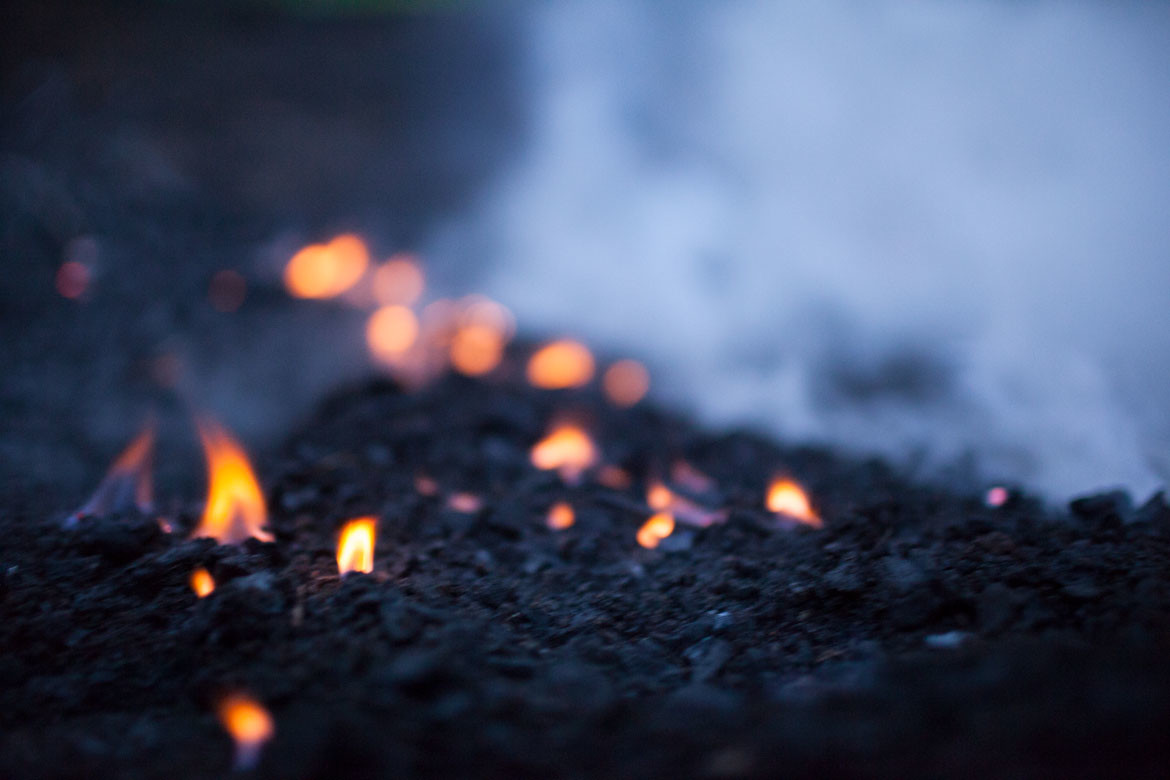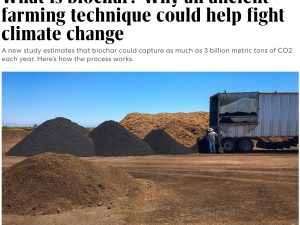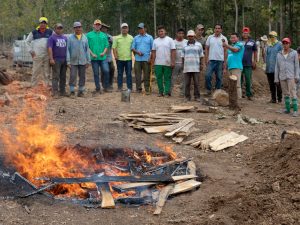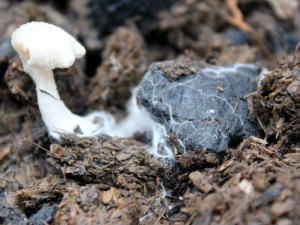
Years ago when the word biochar was first coined, there were few of us, but there was an abundance of burning passion (pun intended). It has spread to many with speed of a wildfire, and with good cause. It is not just a material, but also an idea. A shared intent of taking part in something much bigger than us, farther reaching than our generation. The original intensity has not waned, like a glowing ember reaching tinder, it has spread.
And at this time those involved are still pioneering an industry yet to reach maturity. Most of us know each other, or at least know of each other. It is a romantic state which most of us are glad to see is blossoming into something much larger. At first, the peer-reviewed research articles came at a trickle, one or two a month – maybe. Nowadays, research articles involving biochar are published daily and from all corners of the globe. It has gone from a trickle to a flowing river.
And not a moment too soon. During that same time (about 2008 till now), the media debate on Climate Change has slowly evolved from a possibility that may happen sometime in the future – maybe – and depending on your political leaning – to a topic in which the majority of media has accepted as a fact, a change that we are already experiencing and which will be growing in intensity.
While the enthusiasm surrounding biochar is not based purely on it’s ability to help us mitigate Climate Change, we would be fools to ignore how much that aspect truly matters. Climate Change is a symptom, not a disease. It is a symptom of the way in which we have been interacting with our planetary ecosystem. To truly tackle the issue of Climate Change forces us to re-evaluate our relationship with the natural systems that we depend upon for life – it forces us to recognize that no river is alone, that the entire ecosystem of the planet is connected and functions in a dynamic fashion; changing any one thing causes a shift in the equilibrium.
The production and application of biochar provides us with a valuable tool that is being used to help improve our soils, our rivers, and even our atmosphere.
Among the research articles that now flow like a river, there is still a large gap. The gap is in field scale and industry relevant studies. To date, there was rarely enough biochar in any one place and from any one source to conduct such studies. That has now changed. This is truly an exciting time.
Thank you,
– Josiah Hunt






